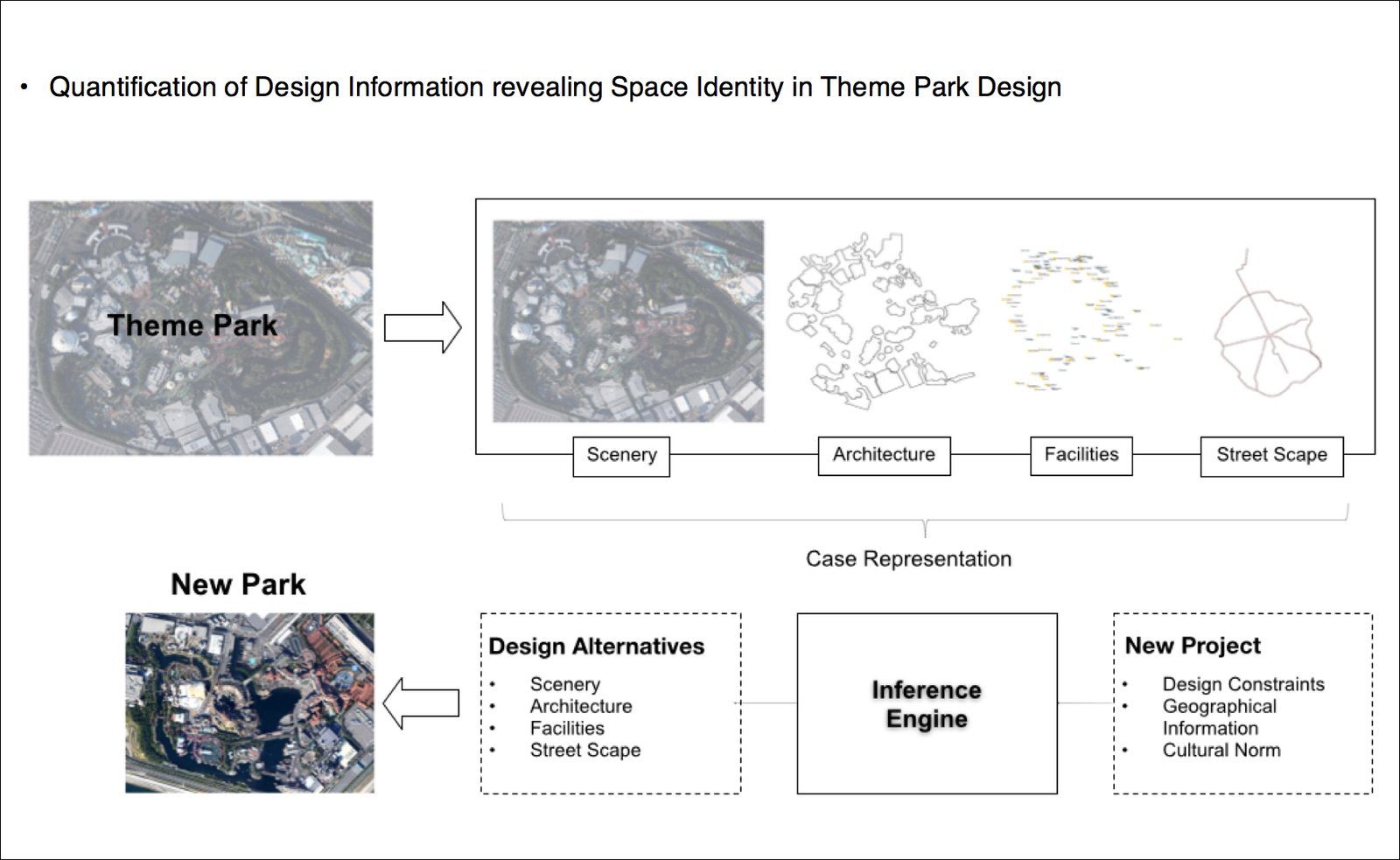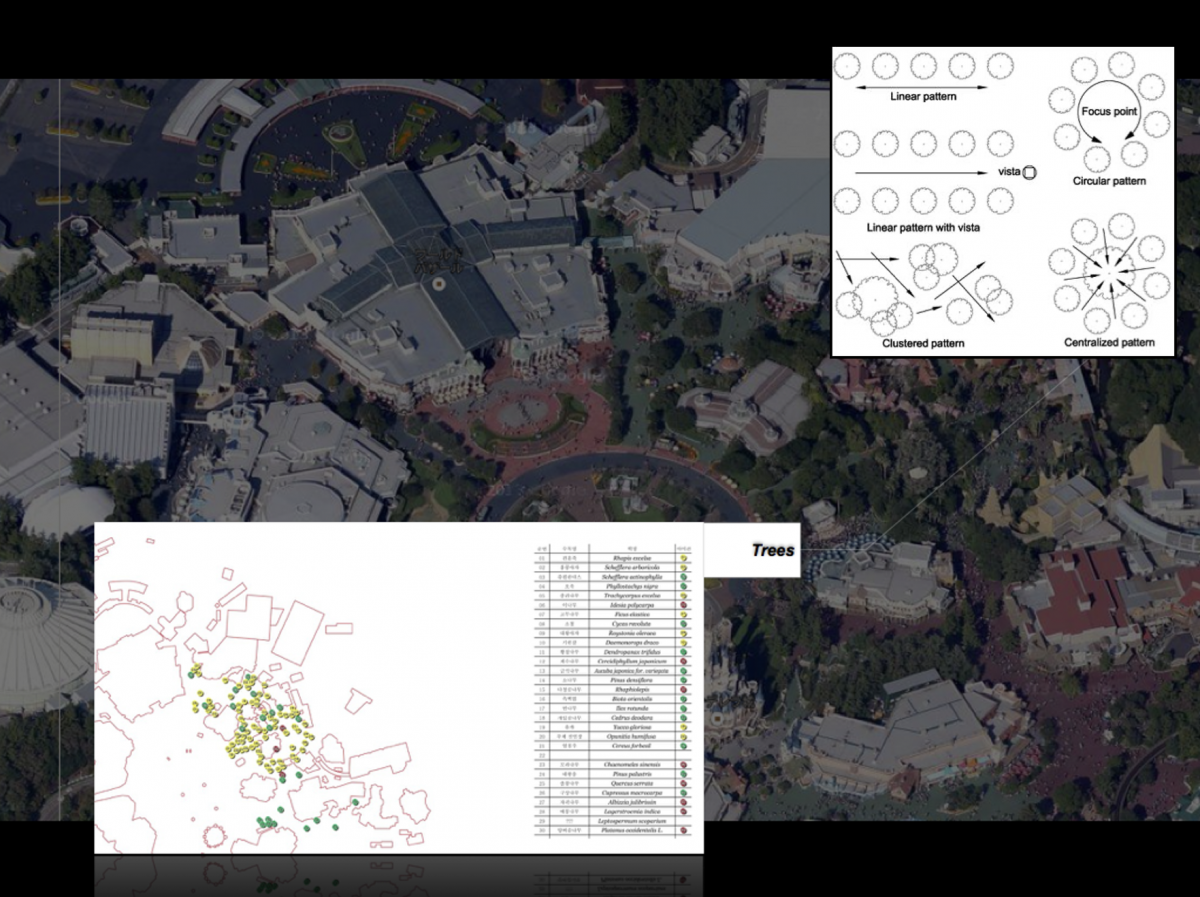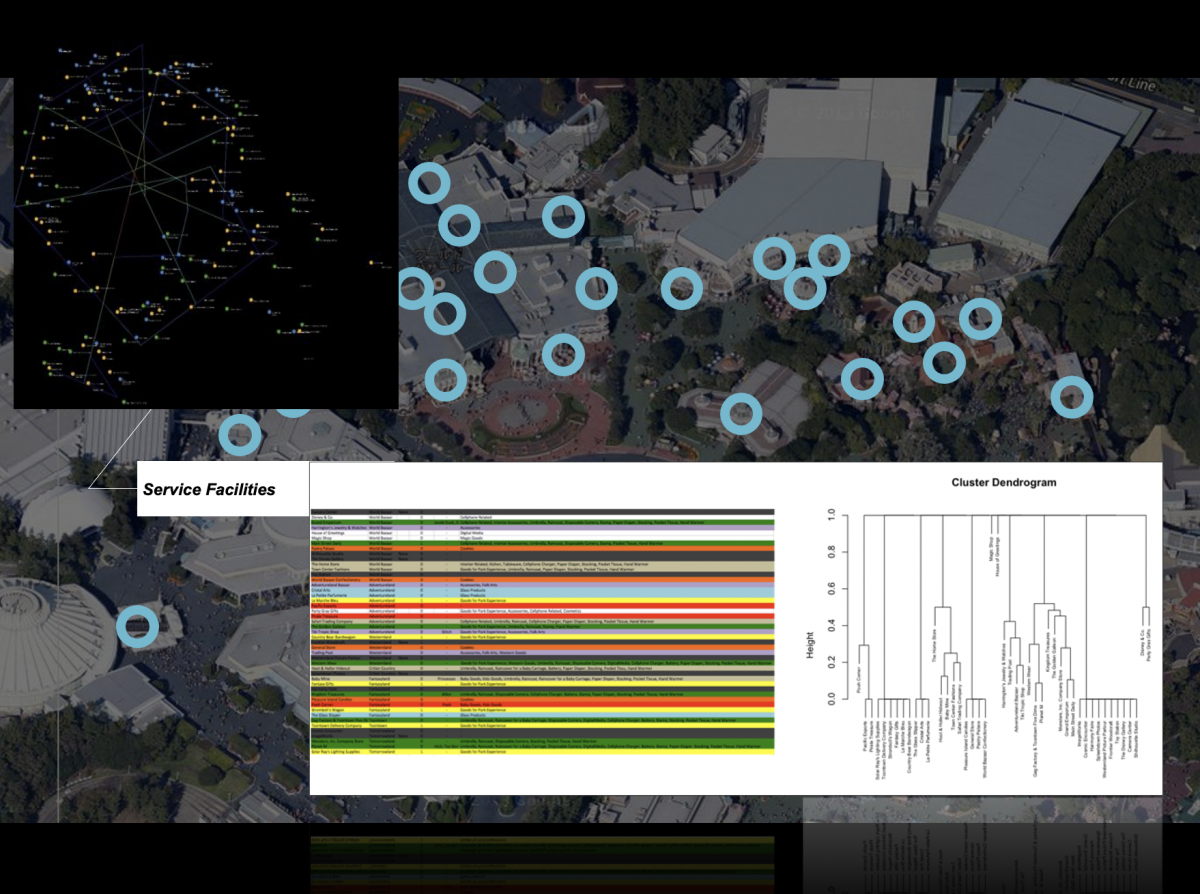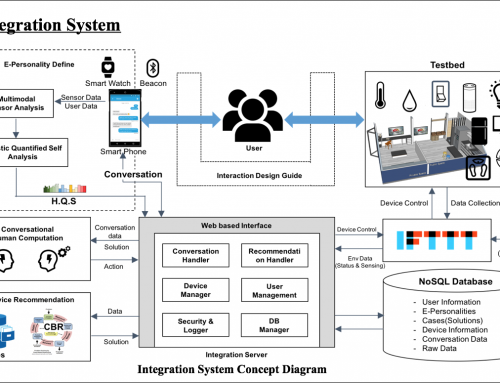Project Description
Developing a case-based reasoning system to analyze environmental structures and soft services to support leisure space management
Servicescape design of leisure spaces such as theme parks influence the level of visitor satisfaction and the re-visitation rate. However, only a few large theme park operators have a separate theme of specialists with heuristic knowledge for servicescaping. In response, small companies turn to the specialists paying high fees and royalties usually leading to outdated servicescape designs. In order to help small companies to design servicescape that provide satisfying experience to the visitors, a systematical understanding of the multi-layered and complex service environment of theme parks is necessary. The purpose of this research is to integrate the concept of precedent-based design into a rule-based system by identifying and organizing the design patterns of servicescape into reusable knowledge, propose a servicescape design support system, and confirm whether if the system helps to increase designers’ credence regarding their design in terms of its market success. To accomplish these research aims, six steps were carried out: (1) selection of globally accepted facilities for being successful, (2) analysis of precedents for the discovery of repeating servicescape design patterns, (3) knowledge acquisition and organization for each design patterns, (4) formulation of servicescape rules using the acquired and organized knowledge, (5) integration of the rules into a general design process of a facility as a system, and (6) application of the system in practice. The resulting system was presented to an expert in the field of theme park designs to confirm whether the design process is applicable and how it will perform in practice. From this interview, we received positive feedbacks and well as feedbacks for improvements in the aspects of the system’s applicability in practice, its functionality, and usability. After confirming the applicability of the overall process of the system, we conducted an experiment to experts in practice from various design and planning fields and asked to go through two sets of scenarios in which the first is to design a given site without the system and the second is to design the same site with the system. After each scenario, the subjects were asked to fill out a revised After-Scenario Questionnaire (ASQ). From this experiment, the results indicate that the subjects felt an increase in their credence toward their designs in terms of its market success while the satisfaction with the easiness and the time it took decreased. If our system is revised in the aspects of usability and functionality, our system which uses precedent design patterns could be used to help small company designers to produce servicescape concept designs with more design credence.
[Full]








